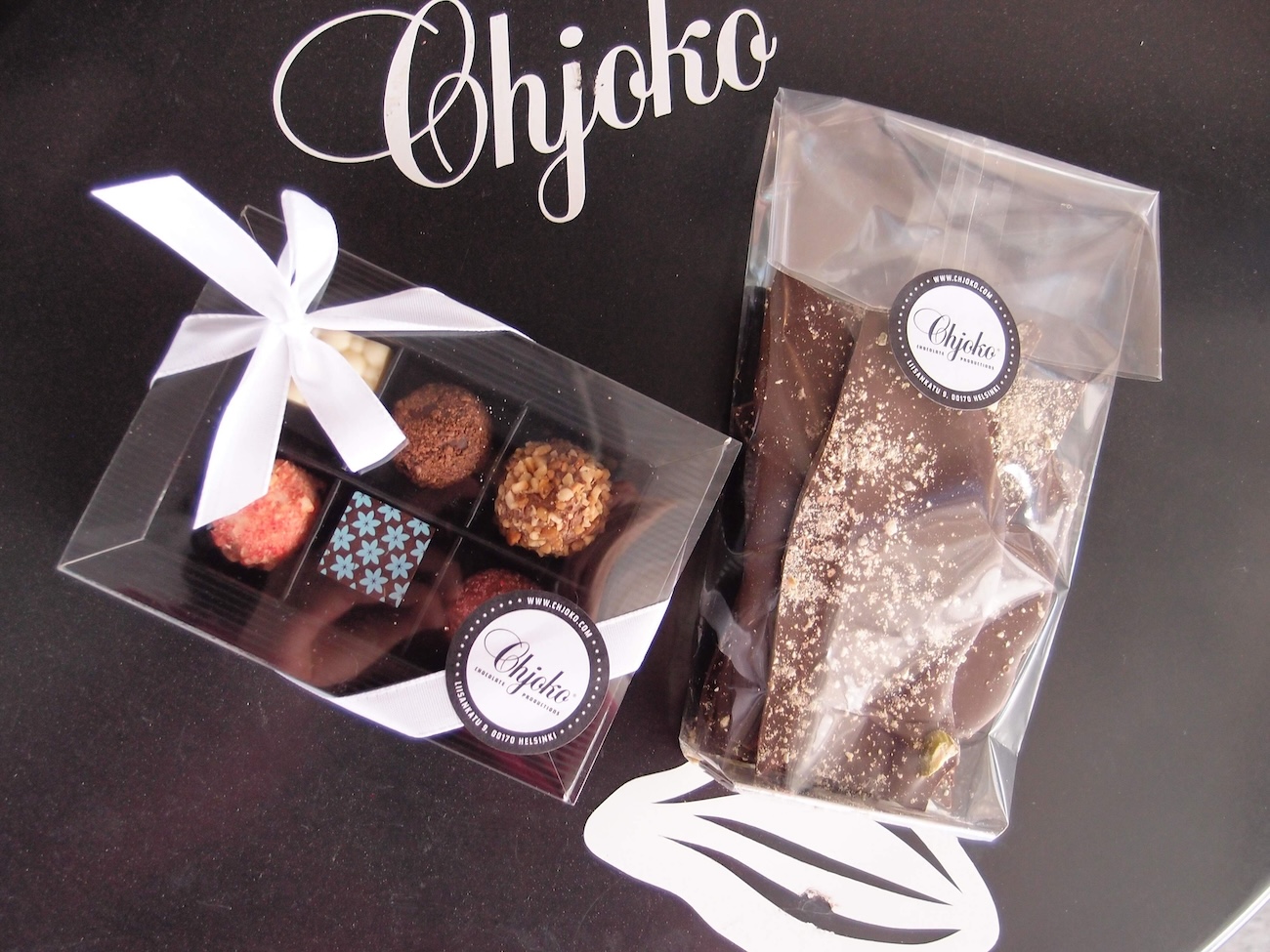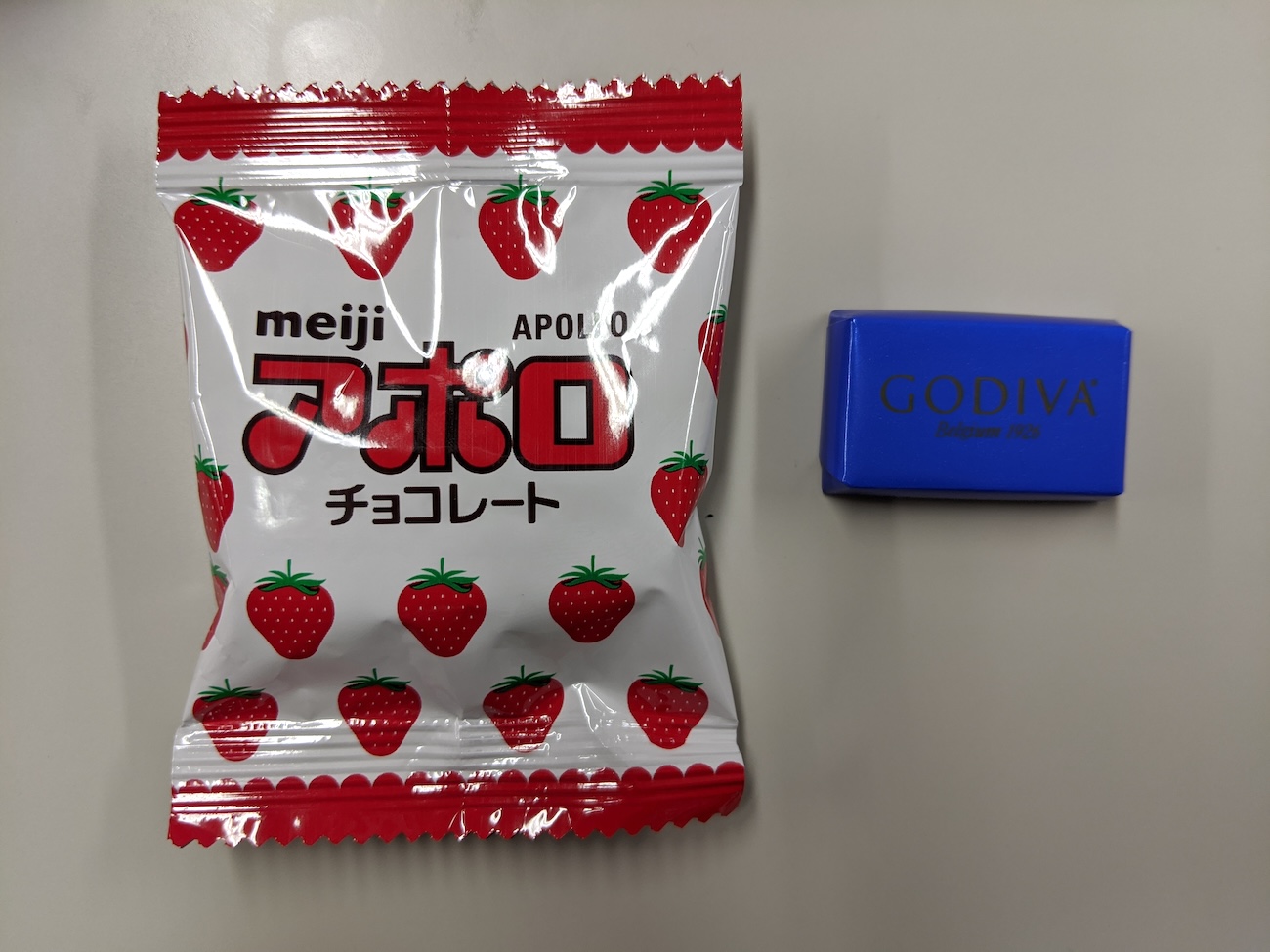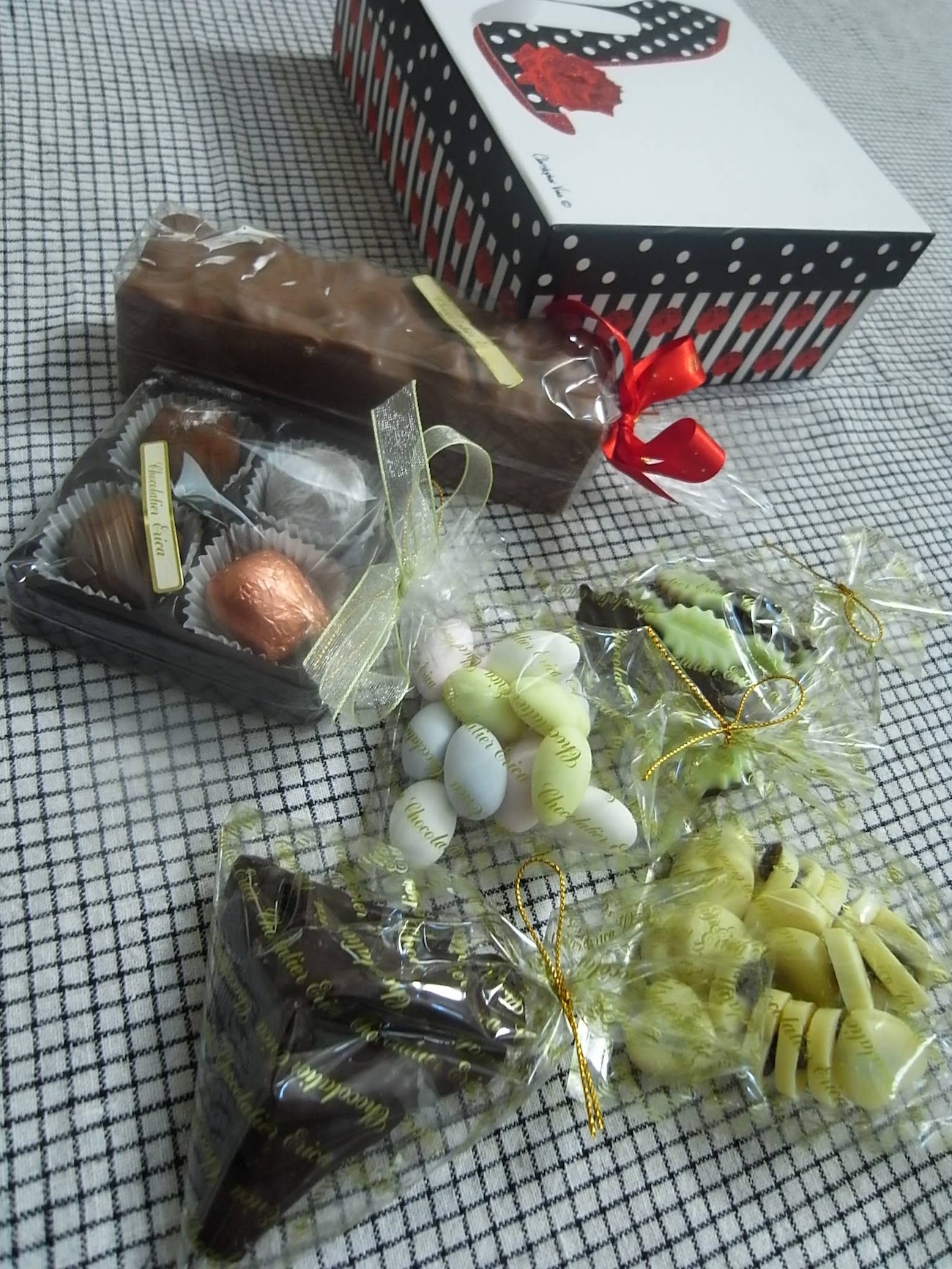Valentine’s Day, a holiday typically associated with romantic gestures in the West, takes on a decidedly different form in Japan. Here, the day is characterized by a unique tradition in which women give chocolates to men, a custom deeply intertwined with social obligations and reciprocal gift-giving. While romance may play a role, it is not the sole driving force behind the exchange. (By MIKI, a Japanese travel writer)

A Two-Tiered System of Chocolate Giving
In Japan, February 14th sees a flurry of chocolate purchases, but not all are created equal. Two distinct types of chocolate dominate the day: giri-choco and honmei-choco, each with its own social significance.
The Prevalence of Giri-Choco: Chocolate of Obligation
Giri-choco, translating to “obligation chocolate,” is a crucial aspect of the Japanese Valentine’s Day experience. This type of chocolate is given primarily to male colleagues, bosses, and acquaintances as a gesture of social courtesy and obligation. It’s a formal acknowledgment of professional or social relationships, rather than an expression of romantic interest.

The quality of giri-choco is often lower than honmei-choco, typically consisting of mass-produced chocolates in simple packaging. While not intended as a romantic gesture, it is an expected part of corporate and social life, and many women feel a sense of duty to participate.
Honmei-Choco: Chocolate Driven by Genuine Affection
In contrast, honmei-choco, or “true feeling chocolate,” is reserved for romantic partners, boyfriends, or husbands, as well as to someone with whom the giver hopes to begin a relationship.

This chocolate is considered an expression of genuine affection and is typically of higher quality. Often, honmei-choco is handmade or purchased from specialty chocolatiers. The cost and effort involved underscore the emotional investment in the gift.

This distinction between giri-choco and honmei-choco highlights the dual nature of Valentine’s Day in Japan, where personal feelings are interwoven with social expectations.
The Role of Morozoff Confectionery in Popularizing the Tradition
A pivotal role in establishing the practice of women giving chocolate on Valentine’s Day in Japan was played by Morozoff Confectionery, based in Kobe. According to one theory, the company was the first to initiate the idea by publishing an advertisement with the tagline, “Let’s give chocolates for your Valentine,” in an English-language newspaper for foreigners in the 1930s. Subsequently, the custom of giving chocolates on Valentine’s Day gradually spread, becoming commonplace in the 1980s.
A Visual Spectacle for Travelers
For those traveling to Japan in late January or early February, a visit to department stores and confectionary shops offers a unique glimpse into this tradition. The displays, often resembling chocolate museums, showcase the wide variety of offerings and provide a visual feast that is a seasonal hallmark of the Japanese calendar.
The Rise of “Tomo-choco”
In recent years, a new trend has emerged: tomo-choco, or “friend chocolate.” This practice involves women exchanging chocolates with their female friends. It’s a more lighthearted and casual aspect of Valentine’s Day, focusing on celebrating friendship. Unlike giri-choco, tomo-choco is not born out of obligation but rather from a genuine desire to connect with friends. The gifts are often less formal and can range from homemade treats to fun and trendy chocolates.

The Counterpart: White Day, a Month Later
The exchange of chocolates on Valentine’s Day is not the end of the story. One month later, on March 14th, Japan observes White Day, a reciprocal tradition where men are expected to give gifts in return. The custom, which emerged in the 1970s, requires men to give gifts valued two to three times the worth of the chocolates they received. The gifts are varied, and may range from cookies and sweets to more expensive items like accessories and jewelry.
White Day reinforces the reciprocal nature of social obligations in Japan, further highlighting that Valentine’s Day is not simply a one-sided expression of affection.
Valentine’s Day in Japan is a complex social ritual characterized by the exchange of chocolates, both as an expression of affection and as a fulfillment of social obligation. The distinctions between giri-choco, honmei-choco, and the more recent tomo-choco, the historical role of Morozoff Confectionery, and the reciprocal tradition of White Day all contribute to a unique cultural experience distinct from Valentine’s Day celebrations in the West. The holiday provides insight into the intricate balance of personal sentiment and social expectations within Japanese culture. Indeed, one might jokingly say that Valentine’s Day in Japan has evolved into a day for exchanging chocolates with just about anyone.

What's Your Reaction?
Trip Planner Japan's Webmaster. love solo travel, photography, history, nature, foods, architecture, handcraft.

